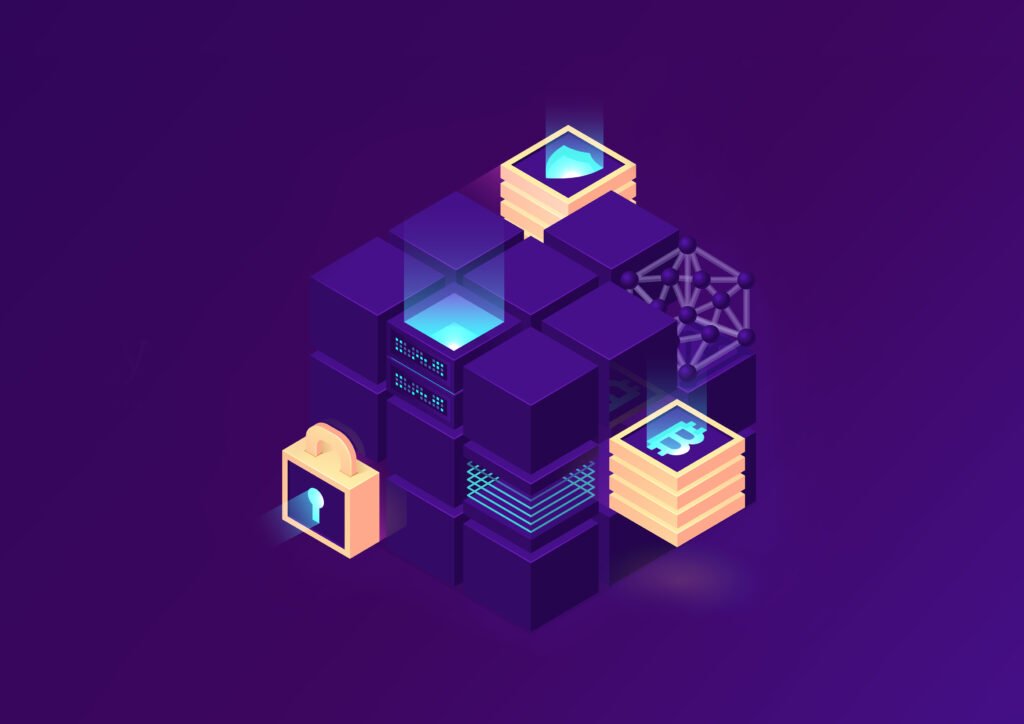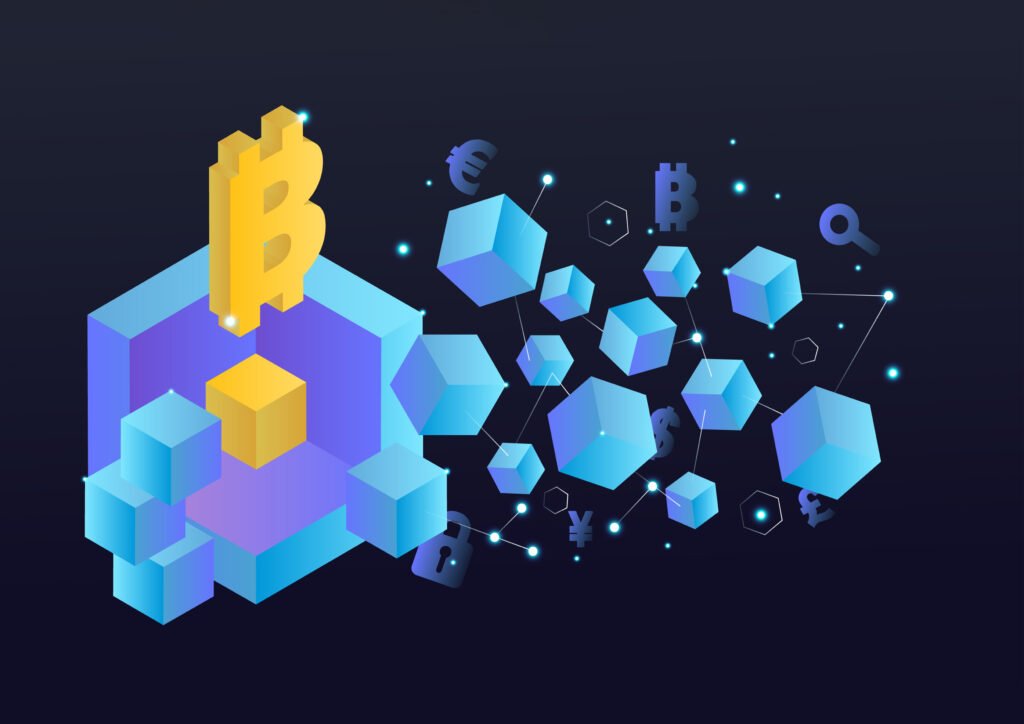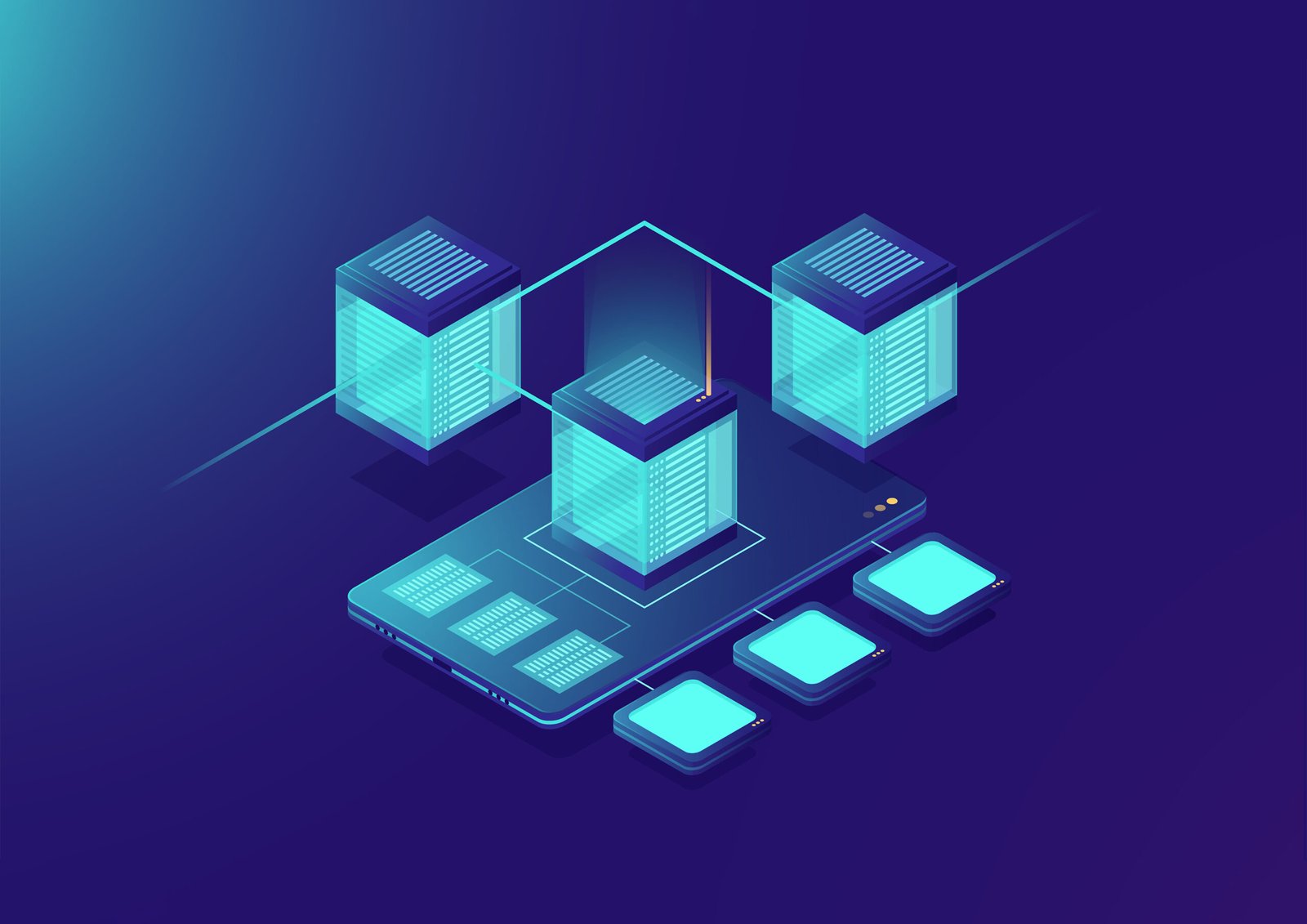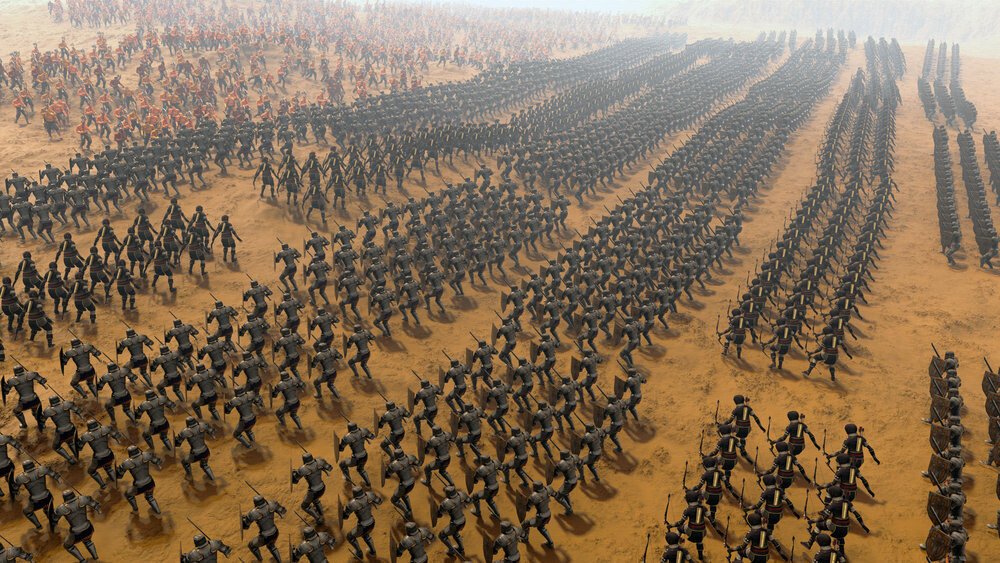Blockchain technology is reshaping industries across the globe, and the animation sector is no exception. As creators seek innovative ways to secure their intellectual property rights, blockchain emerges as a revolutionary solution. This article delves into how blockchain can safeguard animated works and its broader implications for creators in the animation industry.
The Intersection of Animation and Blockchain
Animation, a medium known for its creativity and storytelling, often faces challenges related to copyright infringement and ownership disputes. Traditional methods of protecting intellectual property can be cumbersome and ineffective, leaving artists vulnerable. Enter blockchain—a decentralized ledger technology that offers transparency, security, and immutability. By leveraging blockchain, animators can create verifiable records of ownership and provenance for their works, ensuring that their creations are protected from unauthorized use.

Securing Intellectual Property Rights
One of the most compelling advantages of blockchain technology is its ability to provide a tamper-proof record of ownership. Each animated work can be registered on a blockchain as a unique digital asset, complete with metadata detailing the creator’s information, creation date, and any subsequent transactions. This process not only establishes clear ownership but also allows for easy tracking of the asset’s history.Moreover, smart contracts—self-executing contracts with the terms directly written into code—can automate royalty payments whenever an animated work is used or sold. This ensures that creators receive fair compensation for their labor without relying on intermediaries who may take a cut of the profits. Imagine an animator releasing a short film; every time it’s streamed or downloaded, a smart contract could automatically distribute royalties to the creator’s wallet in real-time.
Implications for Creators
The integration of blockchain in animation presents several thought-provoking implications:
- Empowerment through Ownership: By providing clear proof of ownership, blockchain empowers animators to reclaim control over their works. This shift could encourage more artists to explore innovative ideas without fear of infringement.
- New Revenue Streams: The ability to tokenize animated works opens up new avenues for monetization. Creators could sell limited editions or exclusive rights directly to fans or collectors through non-fungible tokens (NFTs), fostering a closer relationship between artists and their audiences.
- Global Reach: Blockchain operates on a global scale, allowing animators to reach international audiences without geographical limitations. This democratization of distribution can lead to diverse storytelling that resonates with varied cultures.
- Challenges Ahead: Despite its potential, the adoption of blockchain in animation is not without challenges. The technology is still relatively new, and many creators may lack the technical knowledge to navigate it effectively. Additionally, legal frameworks surrounding digital assets are still evolving, which could create uncertainty for artists venturing into this space.

A New Era for Animation
As the animation industry continues to evolve alongside technological advancements, blockchain stands out as a transformative force. By securing intellectual property rights and enabling new business models, it has the potential to reshape how animated content is created, shared, and monetized.In conclusion, while the journey toward widespread adoption may be gradual, the intersection of blockchain technology and animation promises an exciting future for creators. As they harness this innovative tool, animators can look forward to a landscape where their rights are protected, their works are valued, and their stories can reach audiences around the world without barriers. The fusion of creativity and technology may very well redefine what it means to be an animator in the digital age.






